Letting the Sea Have Its Way – Hakai Magazine
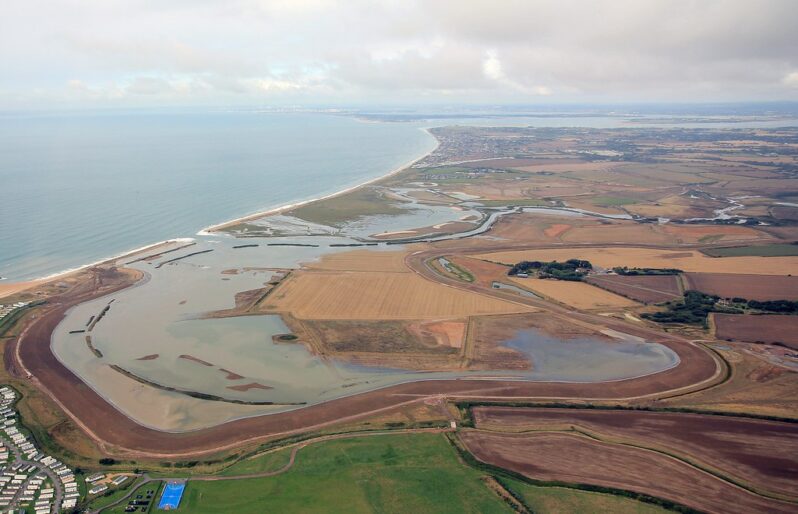
On May 10, a four-bedroom house perched on the beach of a North Carolina barrier island in the town of Rodanthe collapsed into the ocean. It was not the victim of a violent hurricane strike or storm surge. Rather, a low-pressure system coupled with a high tide drew ocean waves onto the shoreline, leaving heaps of sand on the prophetically named Ocean Drive. Then—in that viral video moment—the water gently pulled the house loose and set it to bob upon the sea. It was not the first house—this year! that day!—nor will it be the last.This is reality in the 21st century…
Life’s no beach for Thais affected by sand mining – Mekong Eye
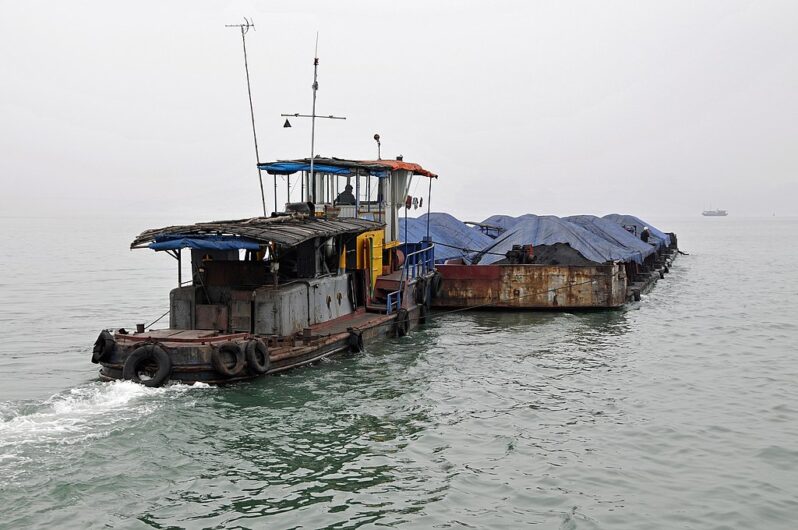
Illegal sand mining has been an ongoing issue in Thailand’s section of the Mekong River due to fragmented governance and “influential people.”
Crowds of locals and tourists are drawn to Had Hae – a sandy beach that emerges when the level of the Mekong River falls in That Phanom district in Thailand’s northeast Nakhon Phanom province, which borders Laos.
The beach, which looks like an island in the middle of the river, is filled with visitors and local people’s makeshift stalls selling food and other goods during the summer…
Cambodia’s insatiable appetite for river sand – Mekong Eye
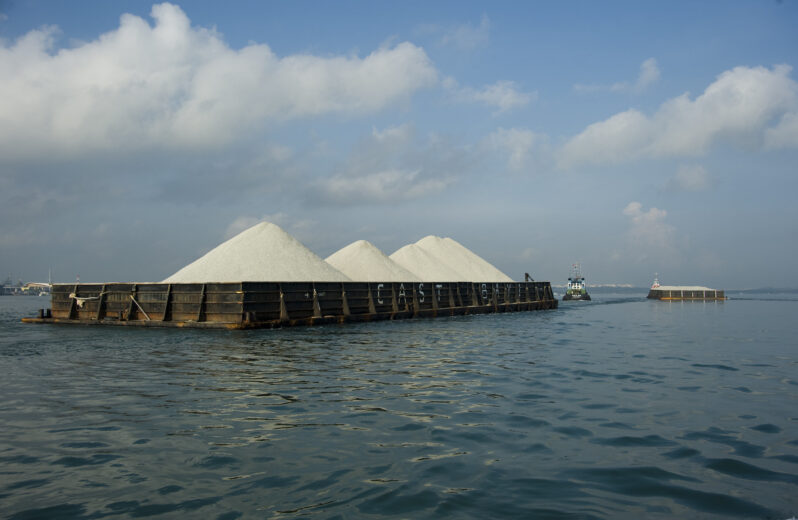
The high level of corruption in Cambodia undermined the public’s trust in the government’s regulations on the sand mining industry.
Sor Sok Lang, a resident of Ta Ek commune in Kandal province, 40 kilometers from Cambodia’s capital Phnom Penh, has thought about leaving her house on the banks of the Mekong River – where she watches her land get eaten up by the river every year…
Mekong Delta pays a high price from sand mining – Mekong Eye
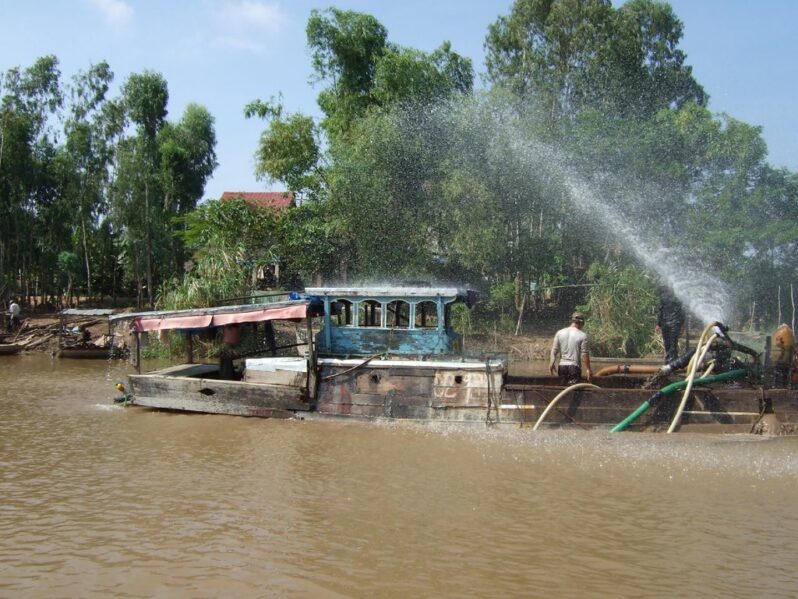
The need for sand to build roads and infrastructure in Vietnam charges ahead with few restraints as land and houses are lost.
The only traces of Long Phu Thuan, an islet in the Mekong River in Vietnam’s Dong Thap province, can now only be found in old maps.
Much of the islet belonged to Le Van Phi, a 70-year-old farmer. Back in 1976, he explored the islet and converted 0.4 hectares of it into farmland. He grew corn, soybeans and chili peppers in the dry season, and rice in the flooding season…
Shifting Sands: The Messy Business of Sand Mining Explained – Reuters Graphics
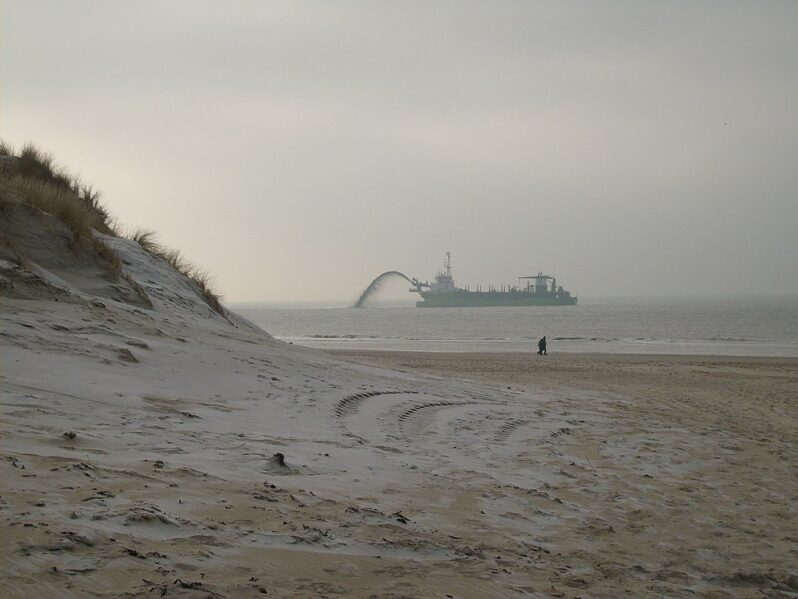
From Shanghai to Seattle, the world’s cities are built on sand – massive amounts of sand. It’s in the cement and concrete that make the bulk of most buildings. The glass in those buildings’ windows is made with sand, too. So is the tarmac laid onto the roads around them. Sand is the planet’s most mined material, with some 50 billion tons extracted from lakes, riverbeds, coastlines and deltas each year, according to the United Nations Environment Programme. Per person, that’s about 6,570 kilogrammes (14,500 pounds) per year – more than an elephant’s weight in sand…
Four questions for Eric Lambin on the sand shortage – Stanford News
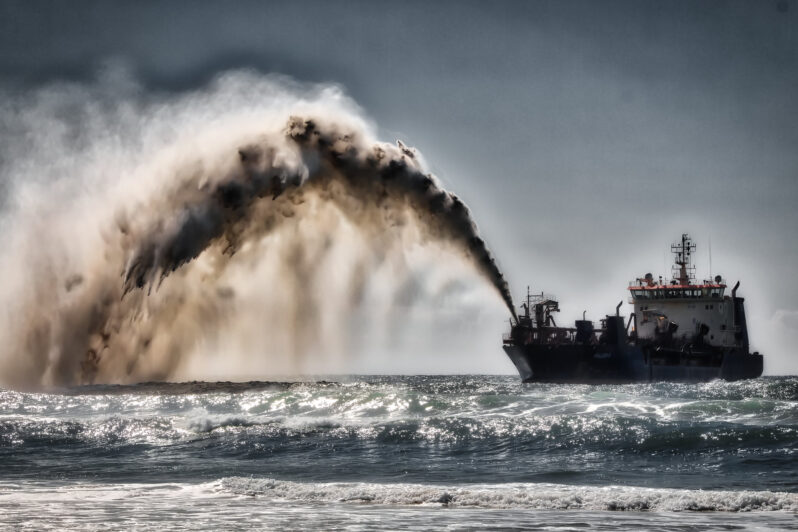
The Stanford geographer and environmental scientist discusses the sand shortage crisis and what it means for the future of the environment.
The ongoing surge in demand for sand has made it a scarce commodity. This natural resource is commonly used in computer microchips, construction, and is an active ingredient in cosmetics. But the current supply of this material has not been able to keep up with the speed of global urbanization. Now, sand is approaching a cost of $10 a ton, while it was just under $4 a ton 31 years ago…
What China Has Been Building in the South China Sea – the New York Times
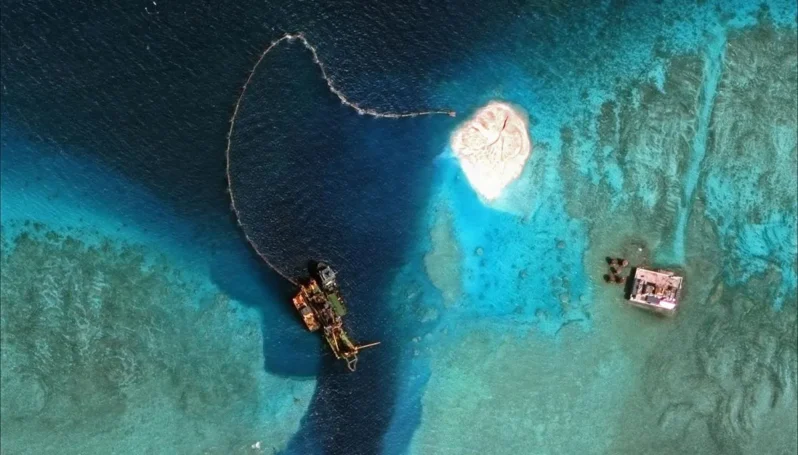
China has been rapidly piling sand onto reefs in the South China Sea, creating seven new islets in the region. It is straining geopolitical tensions that were already taut.
China’s activity in the Spratlys (Islands) is a major point of contention between China and the United States and was a primary topic of discussion between President Obama and President Xi Jinping of China during the Chinese president’s visit to the White House in September. On Monday, the United States sent a Navy destroyer near the islands, entering the disputed waters…
Who owns our trash—and why does it matter? – National Geographic
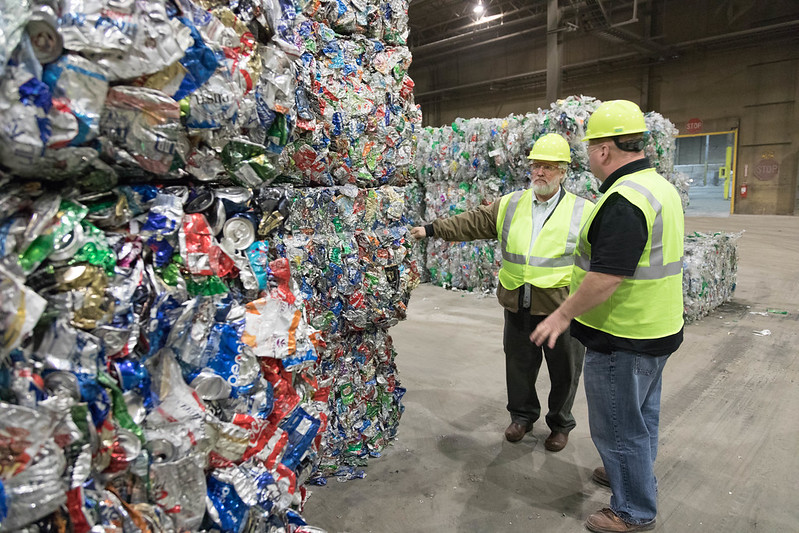
Who owns our trash? It’s a heated question being asked by waste pickers around the world who are uniting to fight for their survival. What we throw away, they insist, should be available to all.
Globally, up to 56 million people collect and resell the metal, glass, cardboard, and plastic that the rest of us toss…
New York City Is Sinking under Its Own Weight – Scientific American

The weight of New York City’s 1.1 million buildings is making the city slowly sink.
Home to 8.8 million people as of 2020, New York City is by far the most populous city in the U.S. And the mass of the buildings needed to support all those residents—and the work they do—really adds up. New research published on May 8 in Earth’s Future suggests that the weight of the city itself is pressing down on the land it occupies and contributing to local sea-level rise that increases flood risks…
